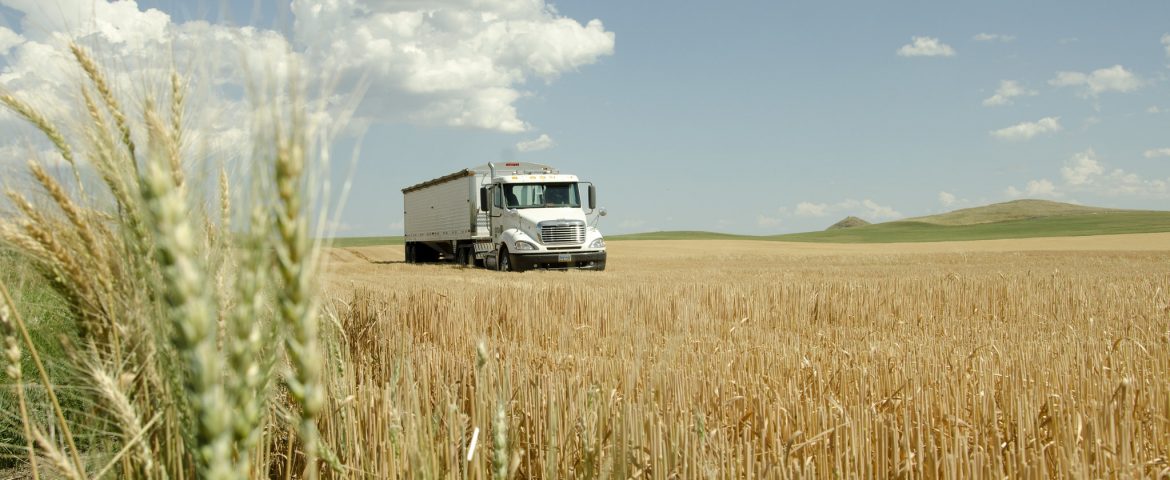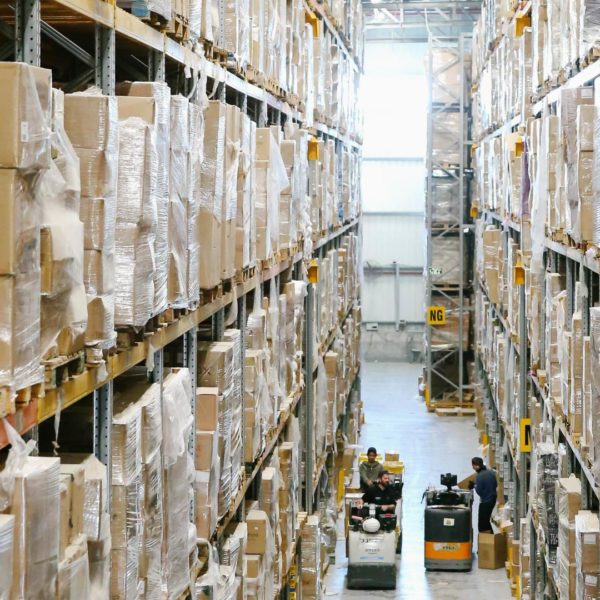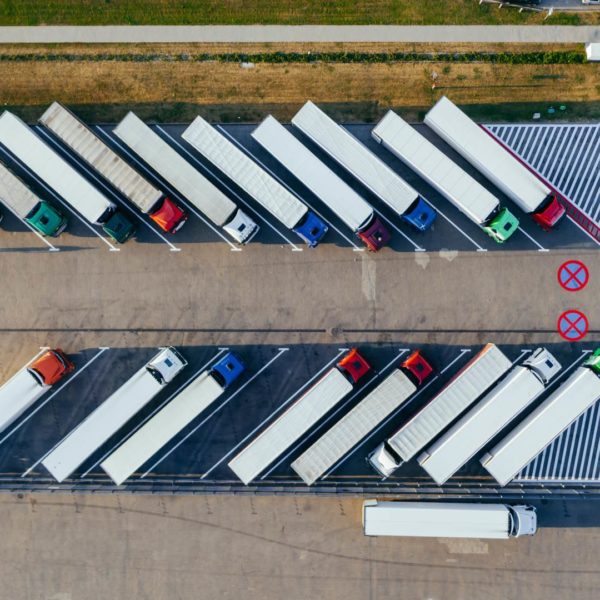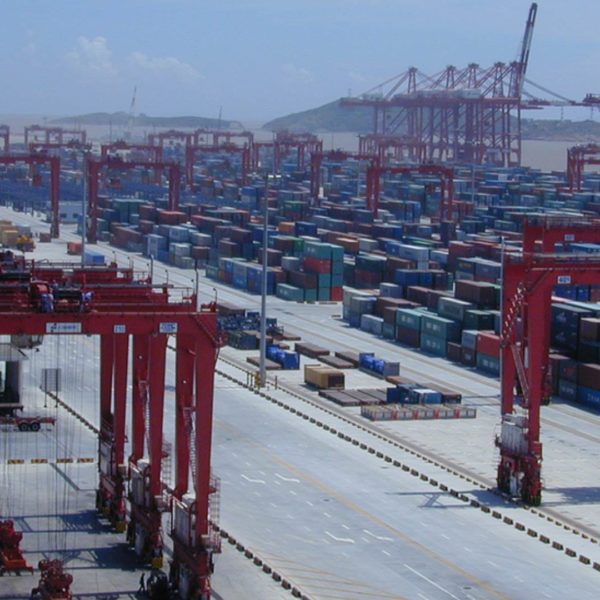Agriculture is a major sector of the US economy, contributing 1.053 trillion dollars to US GDP in 2017 which represents around 5.5% of the total economy. Agriculture when defined in economics is generally including farming, fishing, food, beverage, tobacco, forestry, leather products, ag-based apparel, food companies, and beverage companies. These are all businesses and sectors that each individually rely heavily on agriculture as a majority of their inputs. In 2018, 11% of all US jobs were defined as ag-based.
The logistics that support this part of America’s economy are just as diverse as the sector itself, with each niche and type of company, have drastically different supply chain and logistics needs.
Around 14% of all railroad volume and 23% of all trucking volume is in the support of the ag business. This is a staggering amount of gross tons moved annually.
Let’s take a look at the various pieces of the ag industry and how they relate to supply chain logistics.
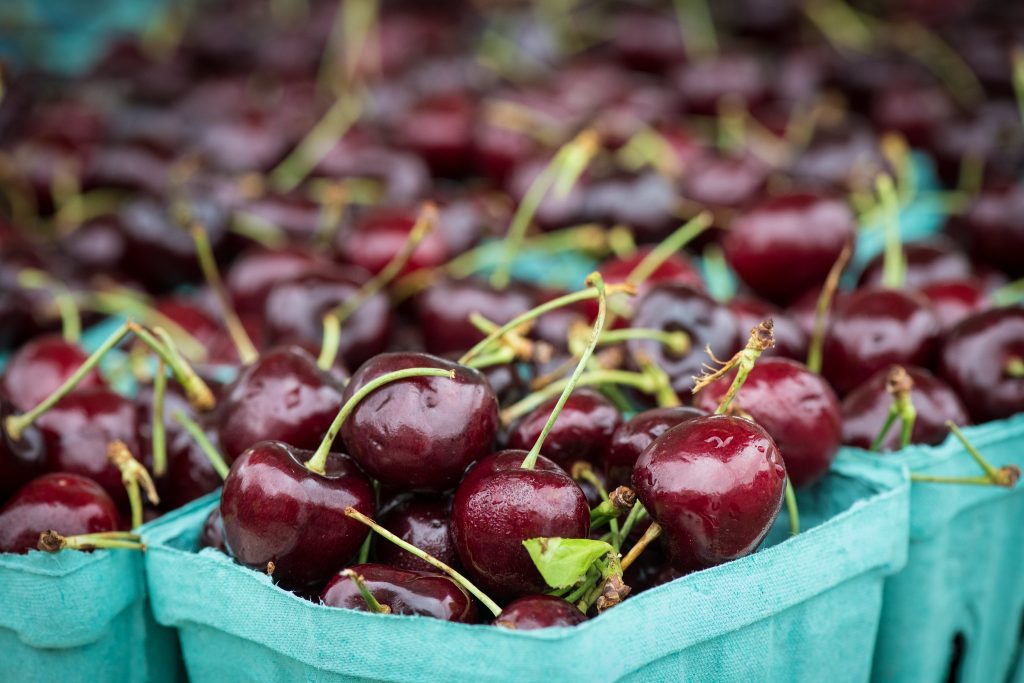
Perishables- Fresh Fruits and Vegetables
Fresh fruits and vegetables represent some of the most challenging goods to build reliable supply chains for. Not only do different products have different requirements, such as grapes requiring a different temperature than spinach, etc, but many also are highly seasonal. Meaning that during harvest times, volumes spike heavily in a geographical area, then as a different fruit or vegetable is ready to harvest, another volume spike is rapidly generated in a different area of the country. This puts pressure on both logistics companies and supply chain planners to most effectively align trucking and warehousing capacity with the needs of the freight.
Traditionally, harvest times produce rate spikes and a flurry of activity to cover any transportation needs.
Warehousing and distribution for produce are also complex due to the very specific needs of humidity, packaging type and temperature needed to maintain produce to a high-quality level and prevent damage or spoiled goods which is incredibly costly.
Food Products
Food products are a diverse group of processed inputs that can be anything from cornmeal, flour, syrups, pet food, soybean oils, soybean meal etc. Meats also typically fall into this category. While trucks move a higher overall volume of food products, railroads also move over 1 million carloads annually between processing centers, distribution centers, end customers etc. The sheer volume and diversity of food products mean that most product group have their own customized supply chains that have been developed and refined over the years. Particularly for meats, special handling is required, along with refrigeration equipment and rapid transit to ensure freshness. Refrigerated transport is a major niche of the greater logistics industry, and provides the main method by which any meat or fresh produce moves across the country to the eventual grocery store. Specialized companies operate meat distribution centers and warehousing centers which are closing monitored for accurate temperature and humidity readings. Railroads moved nearly 100,000 carloads of meat products in 2018!
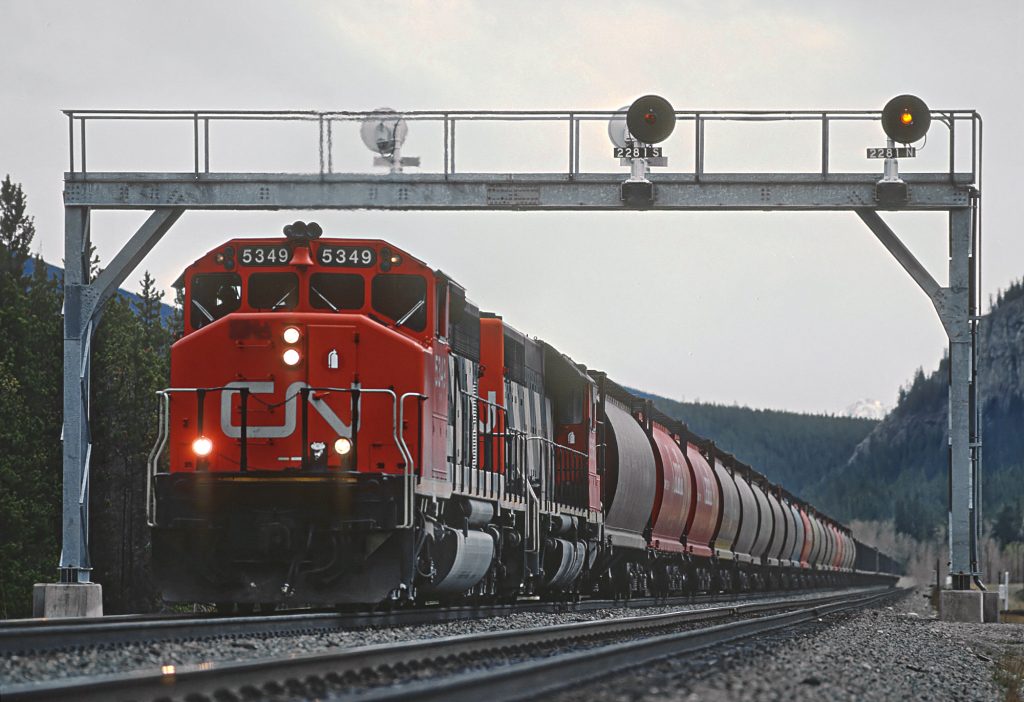
Grain
Bulk grain movements are a huge component of agricultural supply chains, representing raw materials that will then be processed into other food products. Grain has traditionally been a large source of rail traffic for US and Canadian railroads, moving around 1 million carloads of various types of grain annually. The grain is harvested in the field then loaded into a grain elevator where it is stored until a customer buys it and has it shipped to their facility. Many larger train elevators have direct rail facilities which allow customers to buy thousands of tons at a time and have it loaded into covered hopper cars for transport across North America.
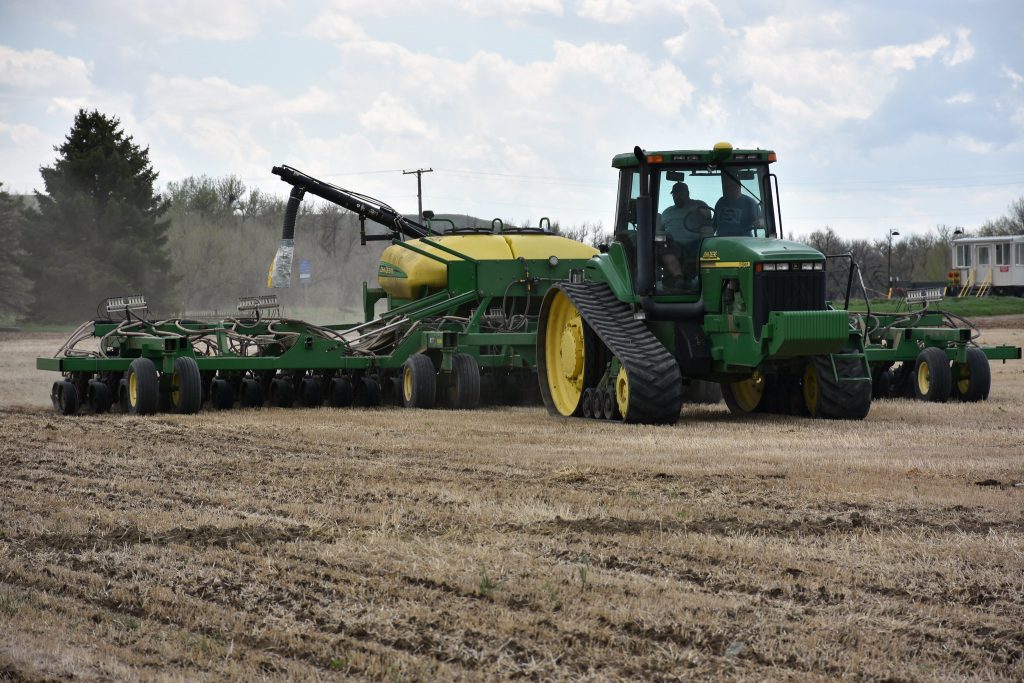
Equipment
The sheer amount of specialized equipment necessary for the agriculture industry results in thousands of firms that build equipment to facilitate farming, food processing, forestry work, and food distribution. Common names include John Deere, Case, Caterpillar and others. All of these companies have their own supply chains globally that source raw materials, parts, and assembly centers. A global brand like John Deere operates many factories across the world and relies on thousands of suppliers. Careful coordination of these supply chains is required to ensure that production lines operate effectively. Cross border freight services also provide the transportation needed to move raw materials for example to the John Deere factory in Mexico then ship finished tractors and other equipment to distribution hubs and dealers in the US. While in some ways independent of the actual agricultural industry, this equipment and hardware side of the sector gives farmers and others the tools they need to produce and refine their products.
Ethanol
The ethanol industry has transformed parts of the midwest, with huge volumes of ethanol being produced every year in states such as Iowa. The vast majority comes from large corn farms. The ethanol is generally shipping in bulk tanker trucks or rail cars. Just railway volume alone was over 377,000 carloads, representing 67% of all ethanol produced in the US in 2018. Railways are the most efficient means to move ethanol since large tank cars can easily carry up to 30,000 gallons of bulk ethanol and transport it safely and efficiently cross country to distribution centers wherever needed. Even just in the Knoxville, Tennessee area, multiple railroad cars are daily transloaded into tanker trucks to supply distribution centers with the ethanol needed for blending.
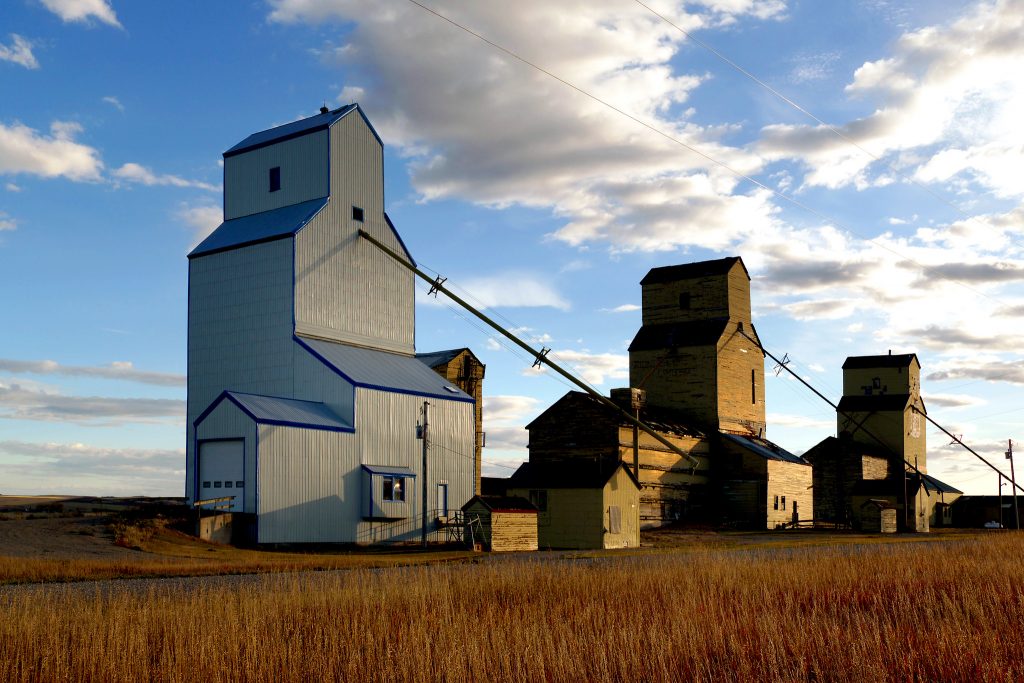
Chemicals
The ag industry requires a large number of chemicals such as pesticides, herbicides, fertilizers and chemical additives such as lime to realize healthy yields on field crops. All of these chemicals have their own supply chains and require specific transportation lanes and services. Fertilizer in particular has complex supply chains with much of it being imported via ocean container or barge, then reloaded into intermodal container or railroad car and sometimes trucks to final distribution centers. At these distribution centers, it is again generally reloaded, bagged, or delivered to farms directly.
We’ve worked with several fertilizer manufactures and distributors to convert over the road trucking shipments to intermodal, reducing carbon emissions and reducing supply chain costs.
Seasonality of Service and Rates
Agriculture is naturally a highly seasonal industry, with high volume and transportation demand spikes which result in high rate spikes. Shipping ag products needs to be planned as early as possible to guarantee capacity and hedge spot rates. Intermodal is a popular choice as well to reduce supply chain costs and represents a 10-30% savings on lanes generally longer than 500 miles. Intermodal is also a great source of cross border Mexico freight services, cross border Canadian freight shipping and cross country shipping. For example, intermodal can provide access to capacity for Tennessee logistics services such as Los Angeles to Nashville or Los Angeles to Knoxville freight.
Properly documenting your supply chain needs and practices is one of the most important agriculture shipping tips as well. You need to keep track of rate history, volume and lane history as well as carrier and partner reliability. We’d highly recommend using some sort of warehouse management or inventory management system to help you better plan your supply chain operations. Making data-based decisions with easy data analysis is a key method to refining a more cost-efficient and reliable supply chain process.
COVID19 Agriculture Supply Chain Disruptions
Coronavirus has changed nearly every company in some way over the last 8 months. If there is one tip or suggestion we can recommend to better execute your supply chain reliably through the ongoing pandemic its diversification! Supply chains ranging from global multibillion-dollar Nike to small lumber mills are realizing the need to diversify their supply chain operations. For many, this means not relying on one supplier, one trucking partner or one importer etc. Seek to build relationships with multiple transportation partners, use multiple modes of transportation and multiple suppliers.
Another major element of supply chain resiliency in light of the ongoing coronavirus is to expect delays, which means planning shipments and supply chain purchasing as early as possible. Rates over the last few months have been highly volatile. Maintaining close communication with supply chain partners and providing as early a warning as possible to volume spikes will also help to keep your supply chain functioning smoothly!
About Zmodal
Zmodal is a digitally enabled multi modal logistics provider that services shipper small and large across multiple modes of transportation. Our dashboard based system gives you easy access to intermodal pricing and booking as well as simple and easy data analysis, document management and billing. Converting long haul freight or cross country freight to intermodal has never been easier! Take a look HERE.
Recommended for further reading:
https://www.trucking.org/agriculture-food
https://www.ams.usda.gov/sites/default/files/media/RTIReportChapter13.pdf
